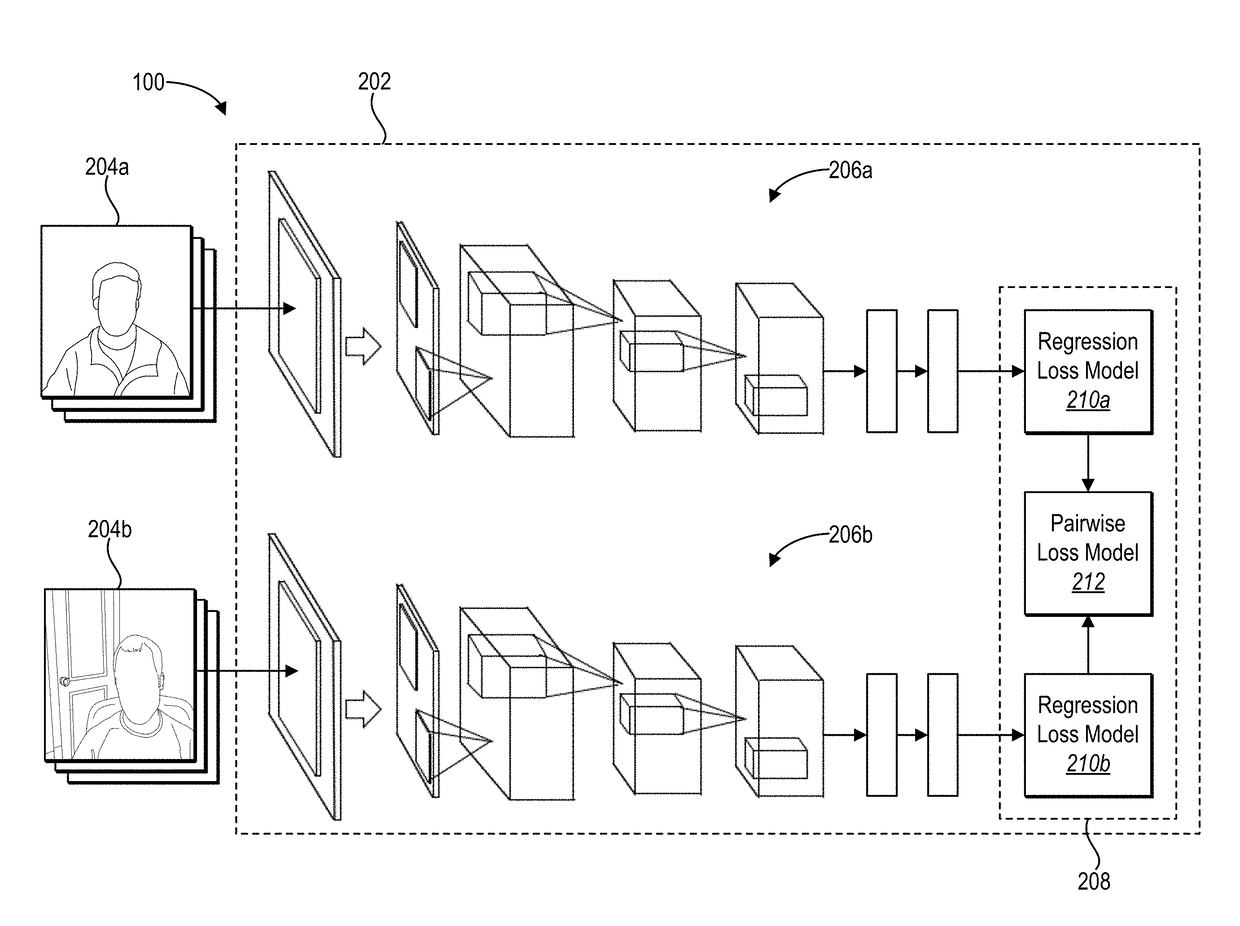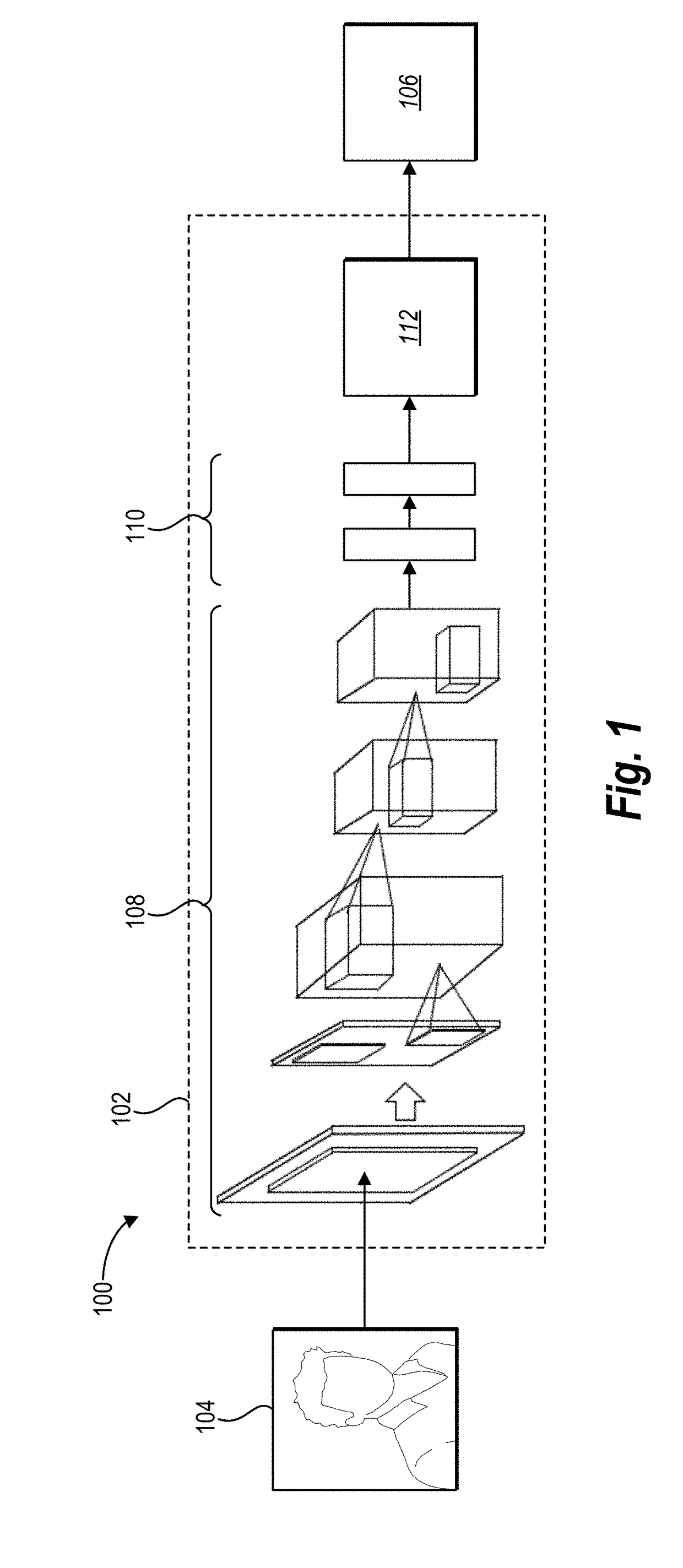Utilizing deep learning for rating aesthetics of digital images
a technology of deep learning and aesthetics, applied in image enhancement, image analysis, instruments, etc., can solve the problems of many conventional systems that fail to effectively rate digital images whose quality or aesthetic appeal is not good, and many conventional systems fail to provide accurate or reliable classifications of those images, so as to reduce or eliminate the effect of inconsistent ratings and accurate prediction of aesthetic quality of digital images
- Summary
- Abstract
- Description
- Claims
- Application Information
AI Technical Summary
Benefits of technology
Problems solved by technology
Method used
Image
Examples
Embodiment Construction
[0022]One or more embodiments of the present disclosure include an image rating system comprising a neural network that generates an aesthetic quality score that accurately reflects the aesthetic quality of a digital image. In particular, one or more embodiments described herein includes a deep convolutional neural network that considers differences in user ratings assigned to pairs of training images. By using pairs of training images to train the neural network, the neural network is able to reduce or eliminate the effects of inconsistent ratings in the training images. As such, one or more embodiments described herein include a trained neural network that produces an aesthetic quality score that more accurately reflects relative differences in quality between digital images beyond conventional binary rating systems that only produce accurate results for digital images that are clearly high quality or low quality. Additionally, utilizing image pairs and comparing relative differen...
PUM
 Login to View More
Login to View More Abstract
Description
Claims
Application Information
 Login to View More
Login to View More - R&D
- Intellectual Property
- Life Sciences
- Materials
- Tech Scout
- Unparalleled Data Quality
- Higher Quality Content
- 60% Fewer Hallucinations
Browse by: Latest US Patents, China's latest patents, Technical Efficacy Thesaurus, Application Domain, Technology Topic, Popular Technical Reports.
© 2025 PatSnap. All rights reserved.Legal|Privacy policy|Modern Slavery Act Transparency Statement|Sitemap|About US| Contact US: help@patsnap.com



